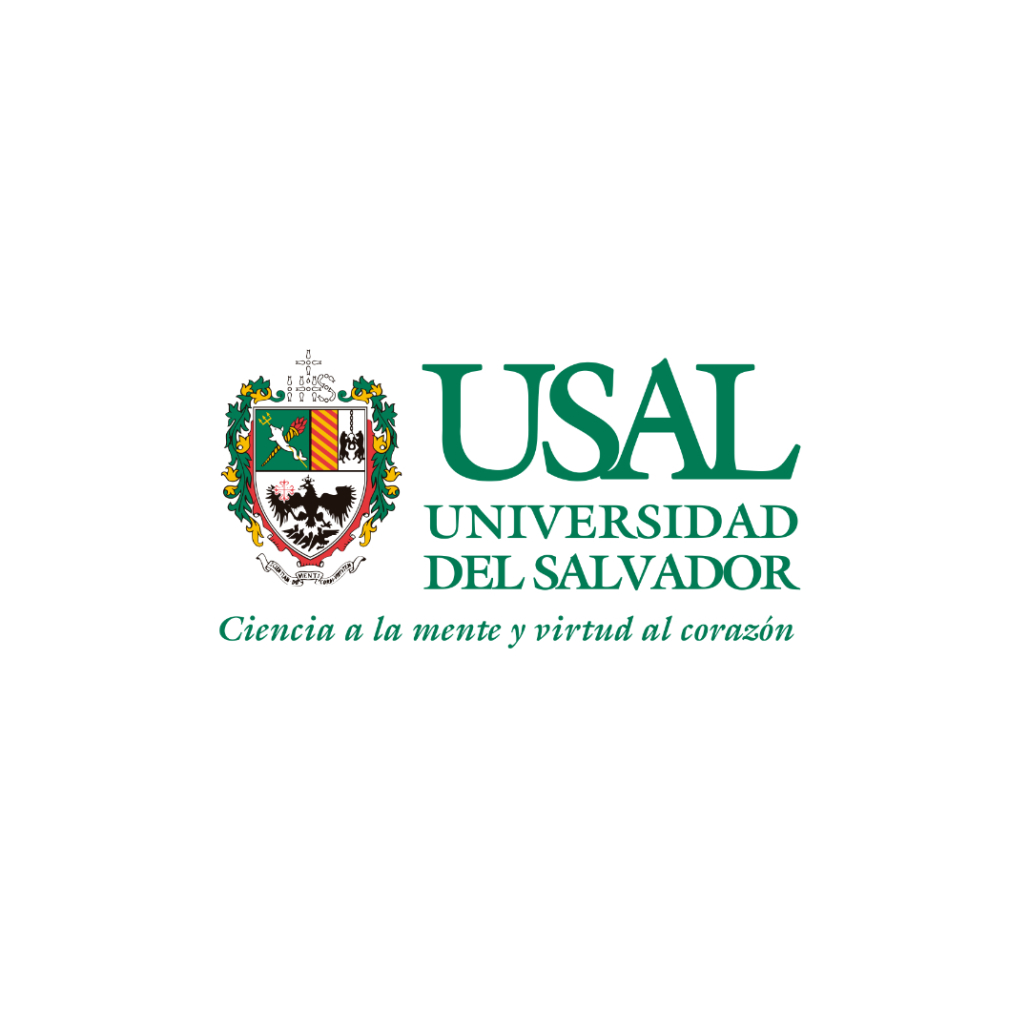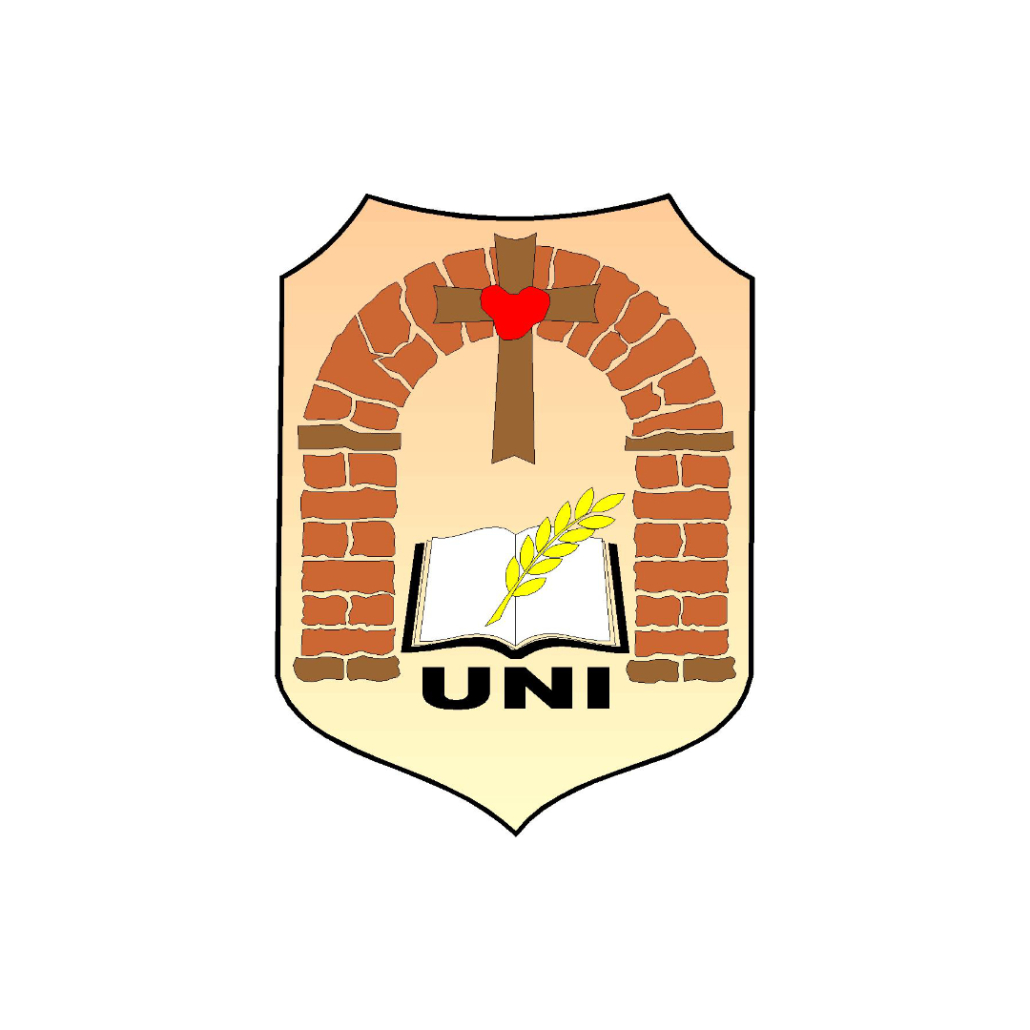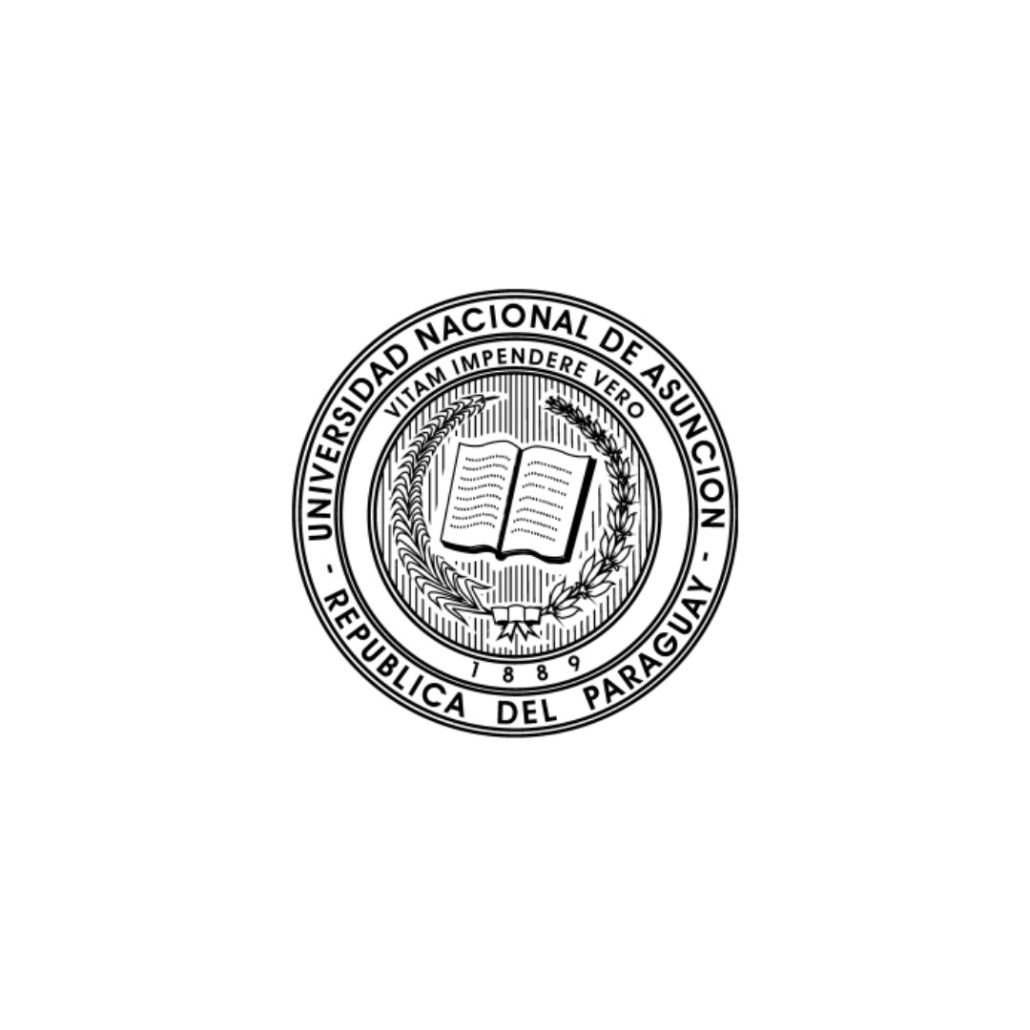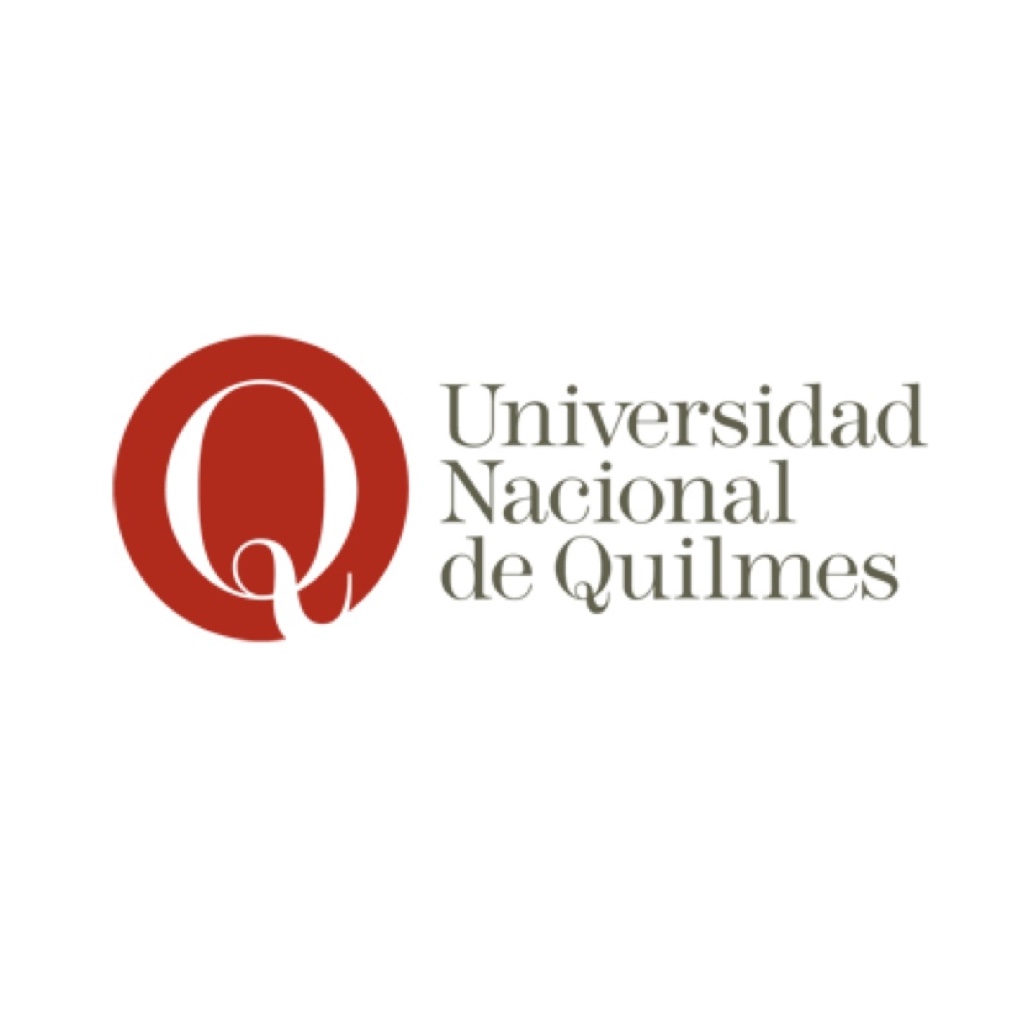Hidden Christians: notes of catholicism in Japan
Keywords:
Hidden Christians, Catholics, Japan, Hiroshima, NagasakiAbstract
Catholicism in Japan has always been a minority. Since the arrival of the Jesuit San Francisco Javier to the Japanese archipelago in 1549, practitioners of the religion with the most faithful of the planet have lived at a difficult crossroads. Their persecution for centuries caused the appearance of the so-called “hidden Christians”, Japanese who adopted artistic formulas and experiences of the archipelago while maintaining their Catholic faith. The evolution of these Christians in a complex society
such as Japan and the importance of the Catholic communities of Hiroshima and Nagasaki, who received the visit of Pope Francis in November 2019, are also reflected in these notes on Japanese Catholicism.
Downloads
Metrics
References
Arrupe, P. (2010): Yo viví la bomba atómica. Ediciones Mensajero.
Dening, W. (2018): Taiko. Satori.
Llompart, J. (1993): Lo aprendí en Japón. Ediciones Guadalquivir.
Mina, J. (2017): Tras las huellas de san Francisco Javier en Asia. Almuzara.
Pacheco, Diego: El libro de los cristianos ocultos en
Japón, https://repositorio.uam.es/bitstream/handle/
/6397/38358_5.pdf?sequence=1
Rivera, Agustín (2019): «Alberto Álvarez, 95 años: la vida del jesuita más anciano de Japón que conocerá al papa», en El Confidencial, https://www.elconfidencial. com/espana/andalucia/2019-11-21/alberto-alvarez- jesuitas-en-japon-papa-francisco_2340907/
Rodao, F. (2019): La soledad del país vulnerable. Japón desde 1945, pp. 211 y ss. Crítica.
Downloads
Published
How to Cite
Issue
Section
License
Copyright (c) 2024 TSN. Transatlantic Studies Network

This work is licensed under a Creative Commons Attribution-NonCommercial-ShareAlike 4.0 International License.























